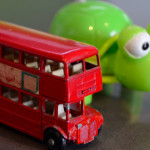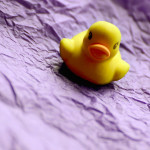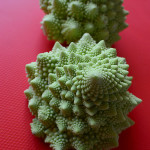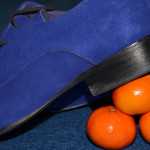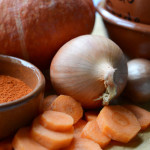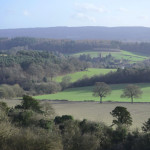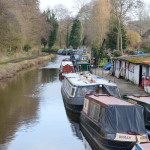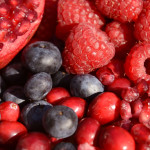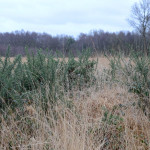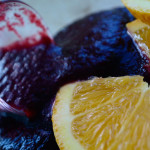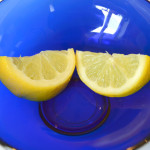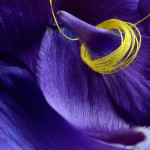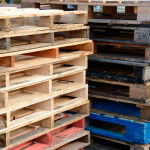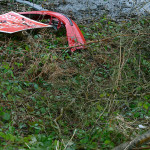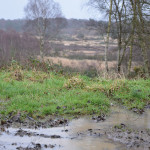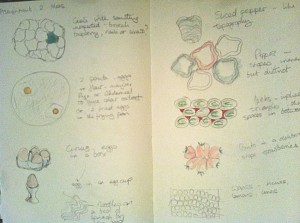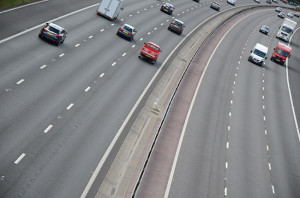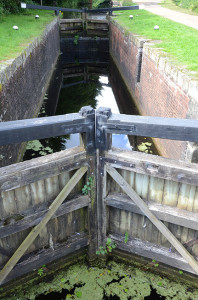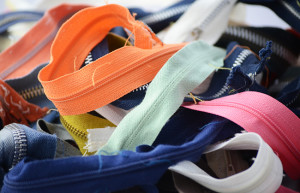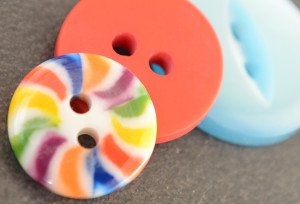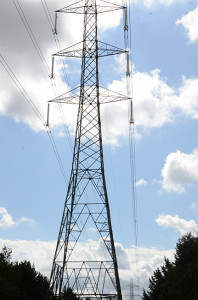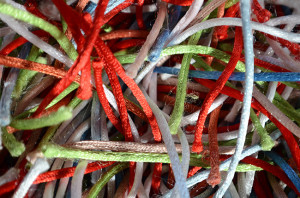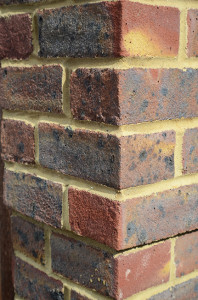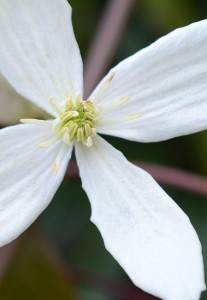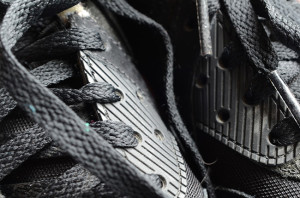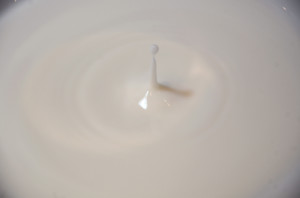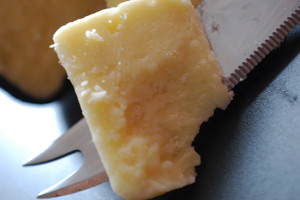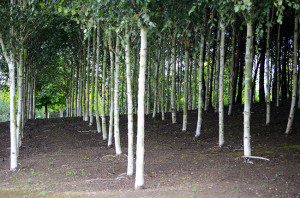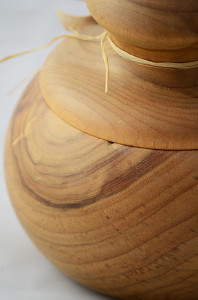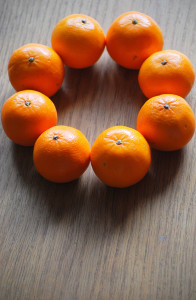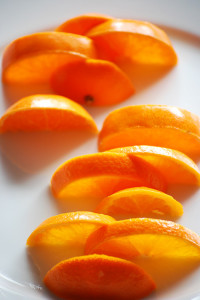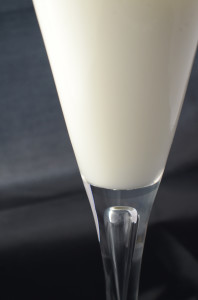Reflections on assignment three
It has been somewhat discomforting to discover just how challenging I have found this assignment. It was in many ways the one I was most looking forward to; yet to focus so specifically on colour has really not been easy. Unlike the Design and Contrasts assignments, I found it very difficult to have the images in my mind’s eye before I started on the various colour shots. Whereas I did some sketches beforehand for the design module, for the colour assignment I found I had to spot the colours first and then think about possible combinations.
In some ways it felt much more contrived that the previous assignments even when the images were of naturally occurring colour schemes. That said I did find I was starting to notice colour combinations more readily. This series was shot over about six weeks, I made quite good progress for the first fourteen images but the last two were a real effort and I rejected a number of compositions because I just wasn’t getting images I felt worked. As with previous assignments I still feel some of this set work better than others but it has been a very good learning experience in terms of being more aware of how I work with colour.
Technical and visual skills
I think that with each assignment my observational skills and visual awareness grow, it is not necessarily easy to explain how this is happening because it often feels quite intuitive, a tacit learning that cannot be spoken. I am definitely more aware of composition and I think I am taking more time over creating the sort of image I am looking for. Use of bracketing, changing the white balance and using different lenses is helping me to feel more confident with the camera. I also find I am scrutinising the images in Photoshop more, looking at depth of field and cropping and so on.
I spend a lot of time looking at the images after I have taken a particular set finding at the ones I think work better than others; often one or two will immediately stand out. If I like certain elements but do not feel I have found the final image I will re-shoot building on what I have already learnt. I also talk to members of my family and friends about which images they feel work better – sometimes enlightening and sometimes infuriating!
Quality of outcomes
I have very mixed feelings about this set of images, partly because it feels like it has been quite a difficult process to complete the group. I like to think there is some consistency across the images and that I am building a style but that I am also still experimenting and trying different approaches. I think I have a natural preference for the stronger colours and simple composition but I am pleased to have worked more with landscape this time.
I have also included one or two slightly quirkier images again to keep a sense of humour in the work and to try and produce some slightly unexpected combinations. A very long time ago I did printmaking and painting and now I look at the images as a set I think some of that influence is starting to show.
Demonstration of creativity
I have tried as much as possible to experiment with different approaches and to use different angles and focal points. As I have reflected on elsewhere I did find this more difficult for this assignment where colour was the main driver. I am aware I have a growing love of food photography but I deliberately did a range of work outside to ensure I am building my experience and skills. I also tried to combine unexpected elements like the shoes and the Satsumas to show a more imaginative approach to working with the colours involved.
Although this assignment was focussed on colour I am aware that I am increasingly conscious of texture as well and how that can be used to build interest in an image. I have tried to use and develop my creativity and produce a set of images that are visually interesting and intriguing, I guess inevitably some achieve this better than others. I think I was particularly pleased with some of the ‘found’ scenes like No Road Markings and the Pallets because it felt as though they were opening my work up more.
Context
I have continued to reflect on the different exercises as I completed Part Three of the course, in particular capturing what I felt was working and those areas I was finding more challenging. This is an important part of the process for me as I think it is helping to build my understanding of what I want to achieve and to develop my own ‘voice’ and style.
I have continued to do some reading but have not had much time to write this up in my blog yet, which I must try and do. I have also been trying to get to more shows and see the work of different photographers as I am finding that is a great way to think about how my work might develop. It is really helpful to look at other people’s work and to try and analyse why I am having the response to it that I am.
